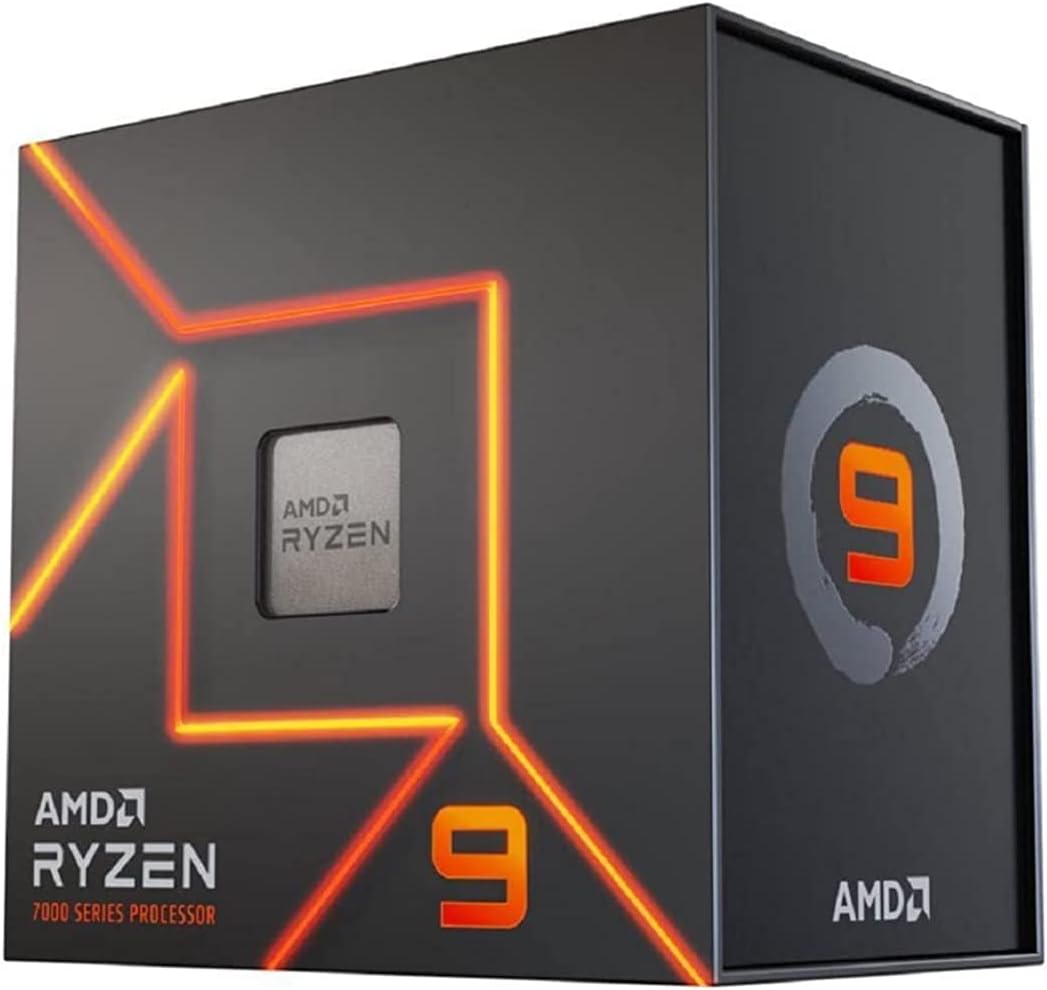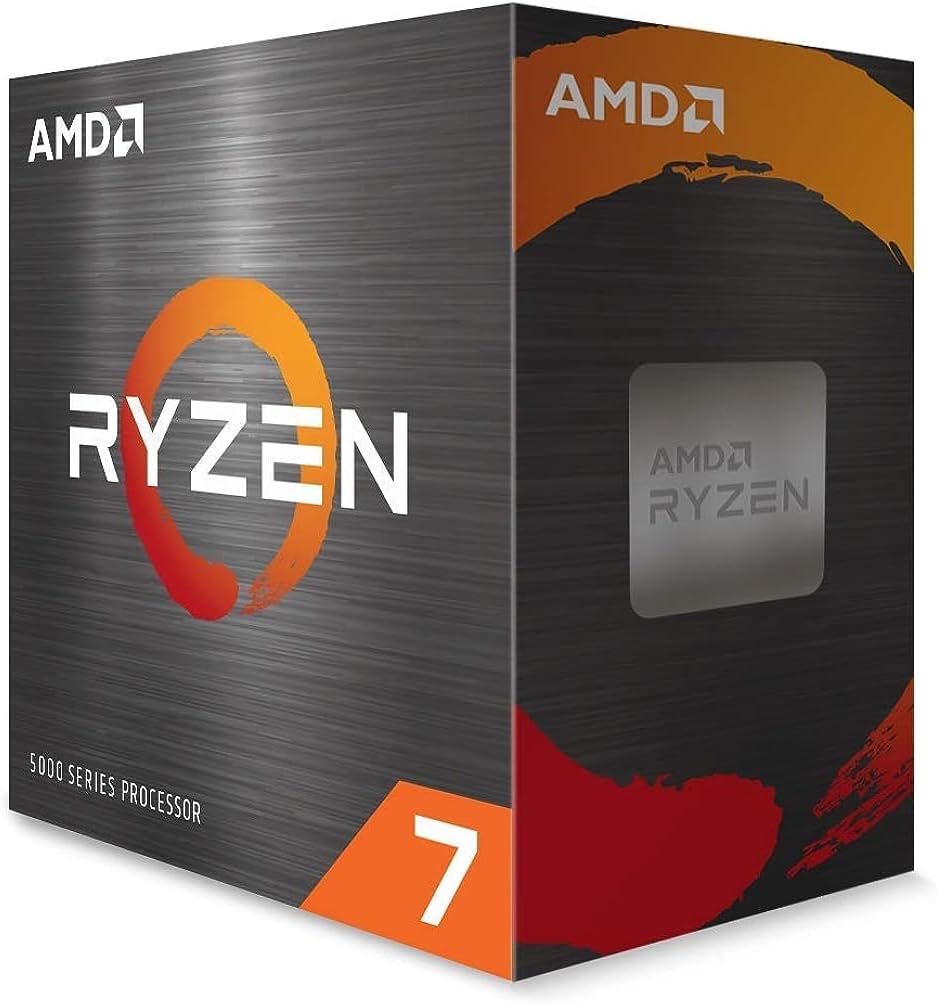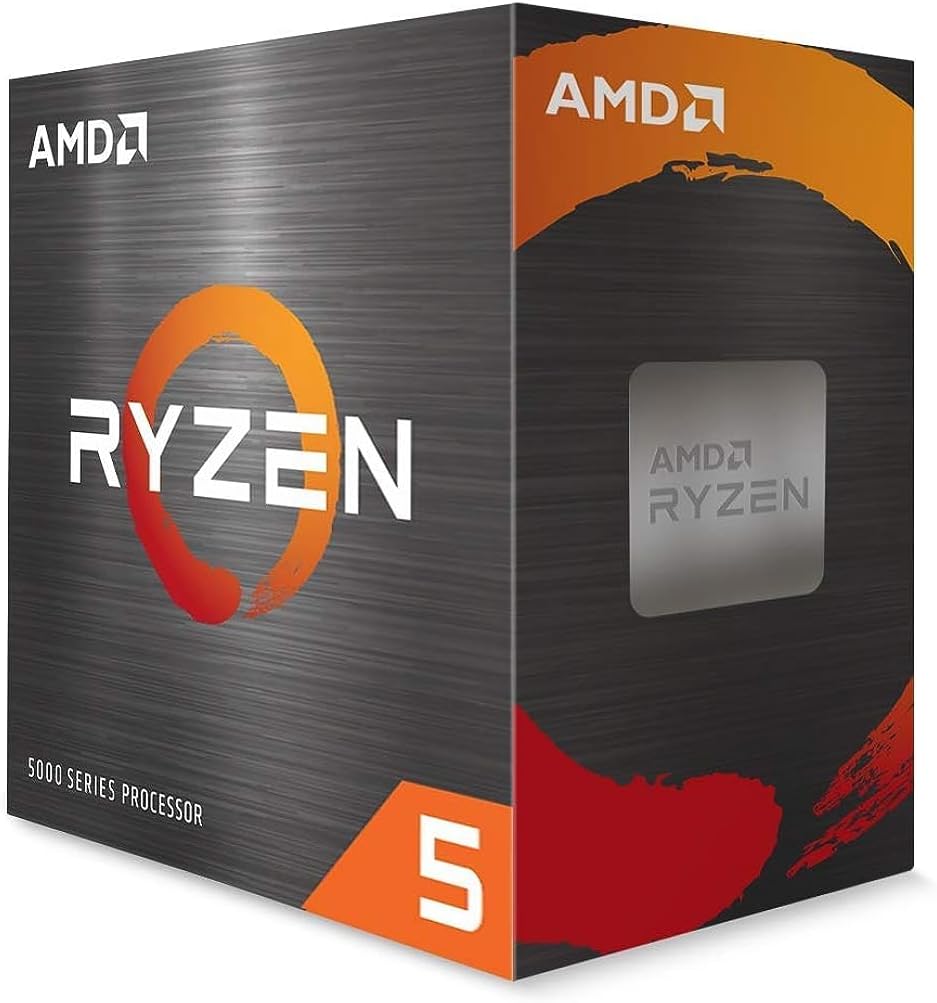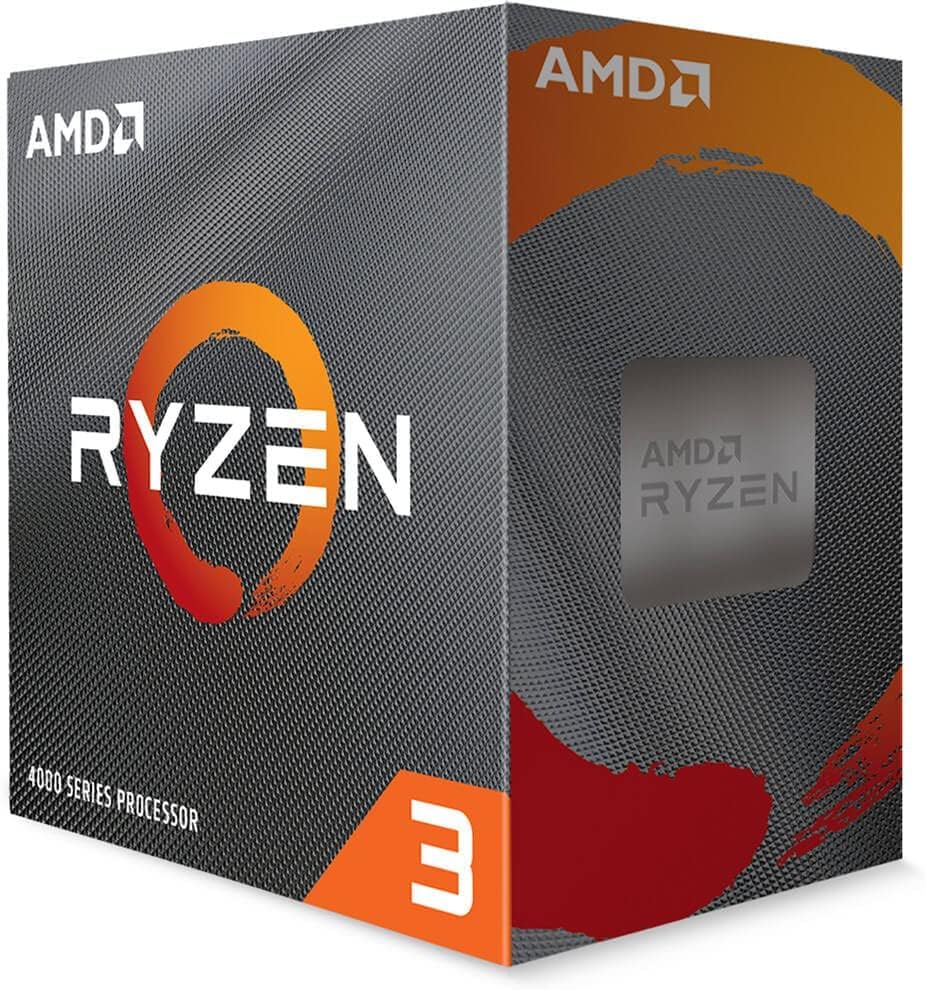You’re building a PC or upgrading your current setup, and then you hit the wall—which Ryzen processor do you go for? On paper, it should be easy. Ryzen 9 is the biggest number, so it must be the best, right? But then there’s the price tag. And suddenly you’re wondering if a Ryzen 5 might actually be enough. Or if the Ryzen 7 is that sweet spot you keep hearing about. And wait—what even is a Ryzen 3 for?
We’ve spent years poking around these chips, watching architecture shifts, testing frequencies, and melting a few heatsinks in the process. So yeah, we’ve got opinions. The difference between a Ryzen 3 and a Ryzen 9 isn’t just benchmarks—it’s what kind of machine you’re building and how much room you’ve got to push it.
We’re going to walk through the key layers of these four tiers and explain how things scale—not just in numbers, but in what you’ll actually feel when you hit “render,” launch a game, or open thirty Chrome tabs.
The architecture doesn’t lie

Let’s start with what makes these chips tick—the architecture. Think of it like the skeleton and nervous system of the CPU. Everything else builds on this.
Ryzen 3 still uses the older Zen 2 architecture, which, sure, brought decent performance back in its day, but it’s now clearly trailing behind. You’ll notice it in efficiency and latency, especially when multitasking or running newer applications.
Ryzen 5 and Ryzen 7 both use Zen 3, which massively boosts instructions per clock and lowers latency, making them smoother and more responsive overall. It’s not just about speed—it’s about how fast they feel.
Then you hit Ryzen 9 with its Zen 4 architecture, built on a 5nm process. This isn’t just a smaller number for the sake of it. Zen 4 allows Ryzen 9 to support DDR5 memory, run cooler for its power, and execute more tasks per watt consumed. If you’re working with complex workflows—video rendering, large-scale simulations, or even heavy gaming while streaming—this leap in architecture changes everything.
Core and thread counts: stacking power the right way
This is the section where you start to see the real divide. More cores and threads mean more processes running side by side without slowdowns.
Ryzen 3 gives you 4 cores and 8 threads, which is fine for browsing, documents, and light productivity. You’ll hit its ceiling quickly if you multitask heavily or run demanding software.
Ryzen 5 jumps to 6 cores and 12 threads, which is probably the most noticeable upgrade for general users. You go from “just working” to “working smoothly,” especially with background apps or light creative tasks.
Ryzen 7 turns it up to 8 cores and 16 threads, and at this point, you’re entering pro-user territory. This is the chip we’d recommend for people who game, edit videos occasionally, and love the idea of never hearing a fan spin up.
But then comes Ryzen 9 with 12 cores and 24 threads, and now we’re in a different league. It’s built for people who do everything at once—running Blender, streaming, batch exporting in Premiere, and playing something on Ultra settings all at the same time.
Clock speeds and power draw: how fast is fast enough?
Okay, this is where it gets a little tricky. Clock speeds fluctuate based on workload, temperature, and turbo boost capabilities. But the advertised max tells us a lot.
Ryzen 3 peaks at 4.0 GHz, which isn’t bad—but in heavy tasks, it starts to wheeze.
Ryzen 5 climbs to 4.6 GHz, and Ryzen 7 hits 4.7 GHz, which gives you great headroom for games, especially those that care more about speed than core count.
But Ryzen 9 goes all the way to 5.6 GHz, which is massive. This is where that snappy feel comes in, especially when loading big apps or moving through dense workloads quickly.
Of course, that kind of power has a price: Ryzen 9 pulls 170 watts, while Ryzen 7 sits at 105 watts, and Ryzen 3 and 5 both rest around 65 watts. If you’re planning a small-form-factor build or want something cool and quiet, that power draw matters. If you’re chasing max performance, though, you’ll take the extra heat and wattage happily.
Cache memory: the secret sauce for speed
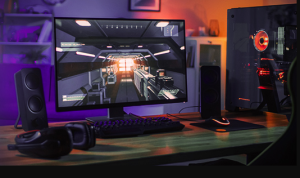
Cache isn’t flashy, but it’s low-key crucial. Think of it like your desk space while you work—the more room you have to keep stuff nearby, the less you need to stand up and go to the filing cabinet.
Ryzen 3 sticks to just 4 MB of L3 cache, and you can feel the lack when you’re swapping between tasks or running apps that thrive on quick memory access.
Ryzen 5 comes with 32 MB, and Ryzen 7 stretches that to 96 MB, which is fantastic for gaming and multitasking. These chips can keep more data “close” to the core, and it helps with load times and responsiveness.
Ryzen 9 lands with 64 MB of L3 and 12 MB of L2, giving it the widest memory “workspace” of the bunch. For large, complex applications, especially those that load and unload data constantly, this size matters more than you’d think.
Thermal ceilings and OS support: some peace of mind
Let’s take a breather. One thing that doesn’t change much across the board is the thermal limit.
Ryzen 3, 5, and 9 are all rated up to 95ºC, and Ryzen 7 slightly lower at 90ºC. That’s within normal range for modern processors, and all four support the same key operating systems—Windows 10, Windows 11, Ubuntu x86, and RHEL x86.
That means no nasty surprises with OS compatibility or needing special drivers just to boot. Cooling, though? Higher-end chips like Ryzen 7 and 9 definitely benefit from beefier coolers. You could get by with stock in a pinch, but we wouldn’t.
Integrated graphics? Only one brings a backup plan
This one surprised a few of us. Only Ryzen 9 includes integrated graphics, which is an odd flex for a top-tier chip.
It’s not a gaming solution, obviously, but being able to boot your system without a discrete GPU can save your skin when troubleshooting or waiting on a new graphics card.
Ryzen 3, 5, and 7? No iGPU. That means you’ll need to pair them with a dedicated card, no exceptions. Not a problem if you’re going all-in on a gaming build, but if you’re doing a budget office PC or just want something to get online, it adds cost and complexity.
Socket type and RAM support: this is where the future lives
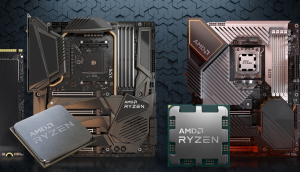
Ryzen 3, 5, and 7 still sit on the AM4 socket, which is honestly a blessing. It’s cheap, proven, and there are dozens of great motherboards at all price points.
But Ryzen 9 moves to AM5—and this is a bigger shift than it seems. It means support for DDR5 RAM, PCIe Gen 5, and a lot of future upgrades.
If you’re building now but planning to expand over the next few years, Ryzen 9’s platform gives you more headroom. You won’t be locked out of future GPU or RAM advancements. DDR5 support especially helps with bandwidth-heavy tasks, and it’s not something AM4 chips can tap into.
The big question: which one should you go for?
We’re not going to sugarcoat it—Ryzen 9 is a beast. It’s the best in every technical category: the fastest, the most cores, the most threads, the best memory support, and the only one that doesn’t blink under pressure.
But it’s also loud, hot, and expensive. Not everyone needs that kind of firepower, and you’ll only unlock its full potential if you’re pushing serious workloads—like editing in 4K, streaming, compiling code, and gaming all at once.
Ryzen 7 is probably the best blend of high-end and value. You get lots of threads, great performance, and enough headroom for future-proofing without jumping sockets.
Ryzen 5 hits that perfect “just enough” zone for gamers, students, and average users who don’t want to feel limited.
Ryzen 3? It exists. But only if your needs are minimal. It’s not terrible, but it feels like you’re buying into yesterday’s tech.
So yeah, Ryzen 9 wins the numbers game hands down. But it’s not the chip for everyone. Just like you don’t need a Ferrari to get groceries, not everyone needs twelve cores to run Spotify and email. But if you want to stop thinking about your processor for the next five years, well—Ryzen 9 makes sure you won’t have to.

